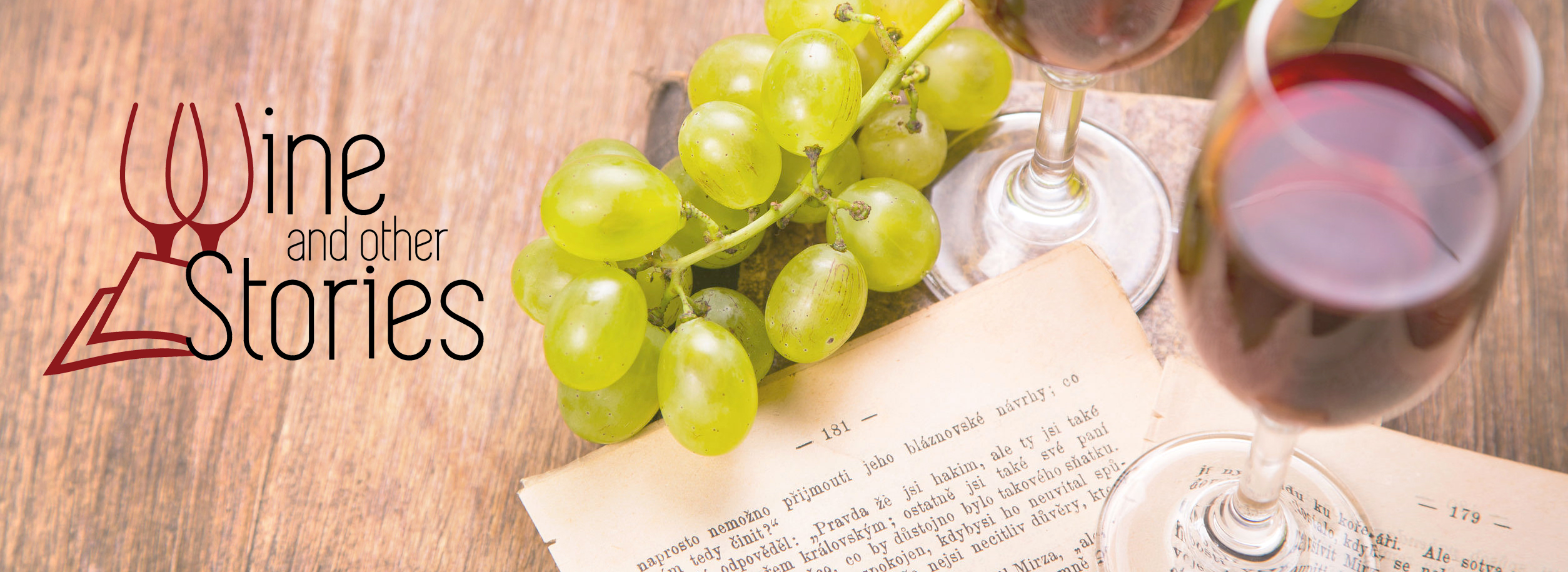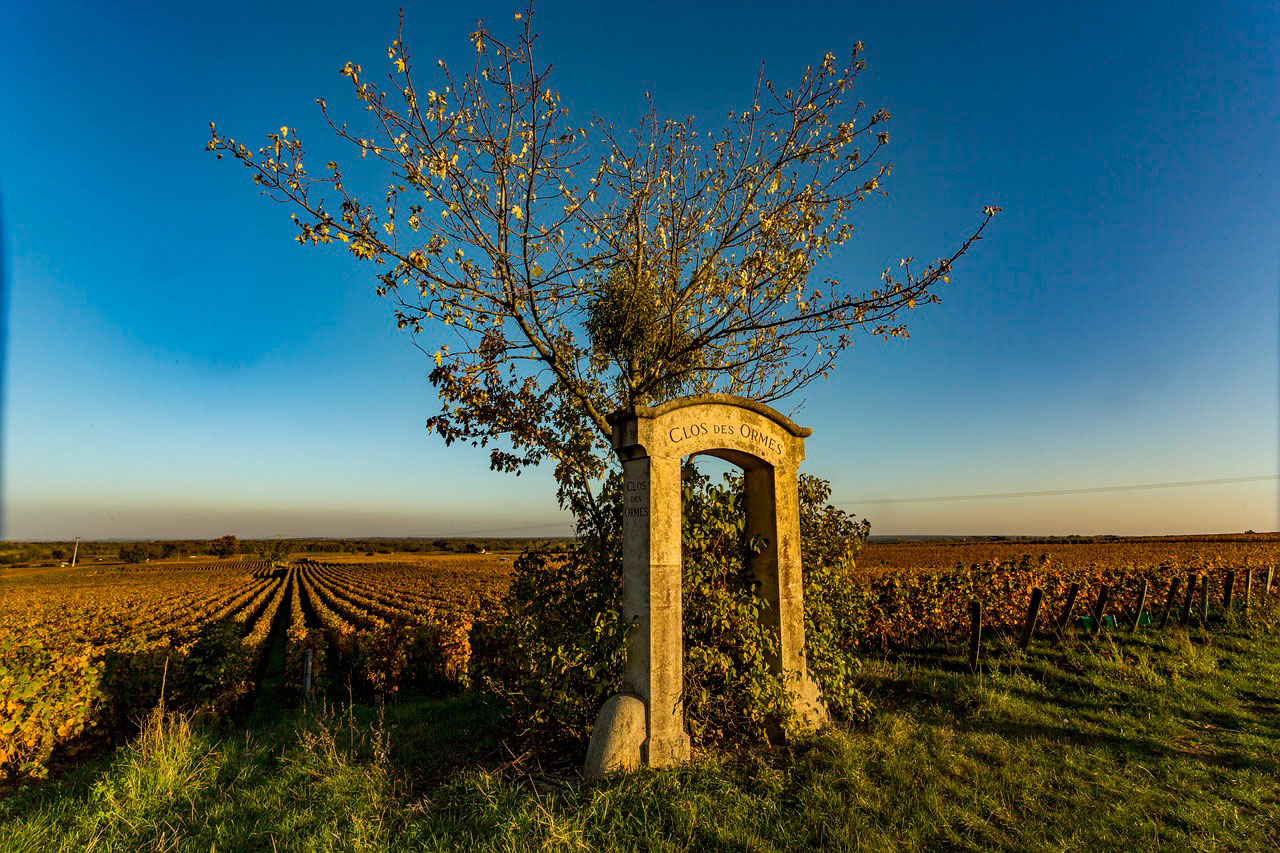The first of a two-part article about Burgundy, the most refined wine region in France. Covering Burgundy’s geography, grape varieties and sub-regions
If France was human, her brain would probably be Bordeaux. Her soul, Champagne. But her stomach would undoubtedly be Burgundy.
The variety of delicacies available in Burgundy is a foodie’s dream. Some of Burgundy’s highlights include the farmlands of Saone – famous for its excellent fruit and vegetables. Bresse – its illustrious and tasty chickens. The Morvan massif – renowned for having the finest beef in France. While Lyon (in the southern edge of Burgundy) is France’s culinary capital.
Ironically, Burgundy is both the easiest and the most difficult wine region to understand. It’s easy in terms of grape varieties: most of the reds are from pinot noir, the whites from chardonnay. The difficulties arise from the extreme variety of terroir in Burgundy. Also, vineyard ownership is highly fragmented resulting in a countless number of producers. In Burgundy, it’s common for a grower to own just a few rows of vines in a vineyard. For these reasons, Burgundy can appear random and unpredictable, causing huge headaches for wine lovers trying to grasp its essence.
I hope to cast some light on the beauty and intricacies of Burgundy wine with a two-part article. In this first part, I will describe Burgundy’s geography, climate, grape varieties and sub-regions. In my second article, I will illustrate Burgundy’s famous appellation system and provide tasting notes and links of some wonderful Burgundy wines.
Geography and climate
Burgundy sits slightly north-east of France’s centre. It includes Chablis, a detached northern district separated from the rest of Burgundy by an hour and half drive (140km). However, the core of Burgundy stretches just 40 kilometers from Dijon in the north and Lyon to the south.

Burgundy’s climate is continental. Temperatures range from being cold in the north to moderate or almost warm in the southern districts. As you know from one of my earlier articles, climate does affect wine style. Therefore wines can be quite different depending on which district they are from in Burgundy. Vintage variations are also important. However, like other wine regions, Burgundy’s top producers are less affected by vintage variations.
A geeky fact!
Burgundian terroir varies enormously. If you move a hundred metres, you can find a completely different mesoclimate. That in turn produces a completely different wine.
Grape varieties
Let’s start easy. In terms of grape varieties, the two kings of Burgundy are pinot noir and chardonnay. Although you can also find small plantings of the grapes aligoté and gamay.
Across the world, wine producers recognise Burgundy as the gold standard for pinot noir and chardonnay. The main characteristics of Burgundy’s grapes varieties are as follows:
Pinot noir
- around 40% of overall wine production
- a difficult grape to grow
- the classic Burgundian pinot noir has the following profile:
- when young it has fresh red fruit flavours
- notes of earth, game and mushroom develop with age
- high acidity
- tannin levels are low to medium
- pale to medium intensity of colour
- higher quality wines display attractive and perfumed aromas (flowers, dried herbs, balsamic notes)
- a wide range of winemaking techniques are adopted by producers:
- lighter examples see little or no oak (usually used wood)
- the best wines have more concentration and are aged in new oak for 12-18 months which adds subtle toasty notes and some sweet spices such as clove, nutmeg and cinnamon
Chardonnay
- half of the overall wine production
- a very versatile grape variety
- capable of expressing subtle differences in terroir
- style varies hugely according to climate and winemaking techniques
- more concentrated examples support oak very well
- in cold climates (Chablis), it is:
- light to medium in body
- high in acidity
- showing a lean and steely character
- fresh green and citrus fruit aromas dominate
- In moderate climates (Cote d’Or, Chalonnaise) it is:
- fuller in body
- lower acidity
- Ripe fruit as well as stone fruit flavours
- oak and buttery aromas
- the so-called premium Burgundian wine style (exported worldwide) has the following features:
- fermentation and maturation in oak
- malolactic fermentation add buttery flavours.
- lees contact during maturation results in more body, creamier textures and complexity
- the best wines are beautifully complex, expressive and intense in flavours; they combine a ripe fruitiness with notes from oak. These wines can mature in bottle and can be kept for a decade or more
Aligoté
- around 6% of the overall production
- white variety, fairly neutral in flavours
- high in acidity
- capable of quality in the best locations, but these spots are usually reserved for pinot noir and chardonnay plantings
Gamay
- around 2% of the overall production
- produces early drinking reds
- aromas of red fruit
- low in tannins
- greater intensity of colour than pinot noir
Burgundy also produces a beautiful sparkling wine. Unsurprisingly, Burgundy’s sparkling wine is made from pinot noir and chardonnay – the region’s main grape varieties. Cremant de Bourgogne is the appellation for fizzy wine in Burgundy. Accounting for around 11% of the region’s overall wine production, these sparklings can be serious wines with a focus on a fresh and fruity character.
The sub-regions of Burgundy
Burgundy is made up of four distinct sub-regions: Chablis, Côte d’Or, Côte Chalonnaise and Maconnaise. Each sub-region has several Appellation Controlee (AC), though the appellation system works the same way throughout the area. I will expand on ACs in the next article. Key facts of Burgundy’s sub-regions are set out below.

Chablis
- the northernmost part of Burgundy, Chablis encompasses the valley of the River Serein. An isolated district, Chablis is actually closer to Champagne than to the rest of Burgundy (which begins some 140 km south)
- only chardonnay is grown here
- less than optimum vineyards produce the Petit Chablis or village-level Chablis AC
- these wines are very austere
- light in body with green flavours
- not intended for ageing but can be a good source of value-for-money wines
- Chablis’ best vineyards have southern-facing slopes
- produce Premier Cru or Grand Cru Chablis.
- some wine producers use large old barrels during maturation. These wines have more concentration and structure. They are also more expensive, capable of ageing and veer towards citrus rather than green fruit
Côte d’Or
- Côte d’Or (“golden slope”) is the most prestigious district in Burgundy. It is actually divided into two parts: the Côte de Nuit and the Côte de Beaune.
- Côte de Nuits
- starts just south of Dijon running south till Nuits-Saint- Georges
- home of the best Burgundian pinot noir – these are medium to full in body and long-lived
- some prestigious (and expensive) villages include: Gevrey-Chambertin, Vougeot, Vosne-Romanee, Nuits-Saint-Georges
- for bargain wines look for lesser known communes such as Fixin, Brochon, Premeaux
- Côte de Beaune
- starts at Aloxe-Corton and finishes at Dezize-les-Maranges
- the best (and more expensive) Burgundian whites are grown here, notably in the communes of Meursault, Puligny-Montrachet and Chassagne-Montrachet
- for more affordable options look out for the villages of Pernand-Vergelesses, Auxey-Duresses, Bressandes, Savigny-lès-Beaune
- fruitier pinot noir can also be found here! Some great villages for reds include Volnay, Beaune, Pommard
- Côte de Nuits
Cote Chalonnaise
- despite lying just south of Cote d’Or, Cote Chalonnaise is less highly regarded
- the mesoclimates in this region are quite varied, resulting in wines with a range of different styles and concentration
- wines are normally lighter and fresher – ready for early consumption
- some good-value villages include Rully, Montagny, Mercurey and Givry (the last two famous for their refined reds)
Maconnais
- a flat, spread out area located south of Cote Chalonnaise
- wines are less concentrated than those produced in Cote d’Or (and easier to drink)
- whites are generally made from chardonnay
- reds in this region are usually made from gamay
- the most important appellations of the area are Pouilly-Fuissé and Saint-Véran:
- these appellations have a warm mesoclimate resulting in a rich and intense chardonnay:
- exhibit ripe notes of tropical and stone fruit
- toasty oak flavours complement the richness of the wine
- good to excellent wines, but less pricey than the Cote d’Or
- these appellations have a warm mesoclimate resulting in a rich and intense chardonnay:
The following infographic describes some of Burgundy’s highlights:
That’s it… for now
We have come to the end of grape varieties and sub-regions of Burgundy! In my next article, I will go through Burgundy’s famous appellation system, which has been copied all over the world.
I will also provide some tasting notes of some Burgundian wines, so you can have an idea of what to expect from this region. All you need to do is join me in my next article. See you soon!!!


Comments · 4